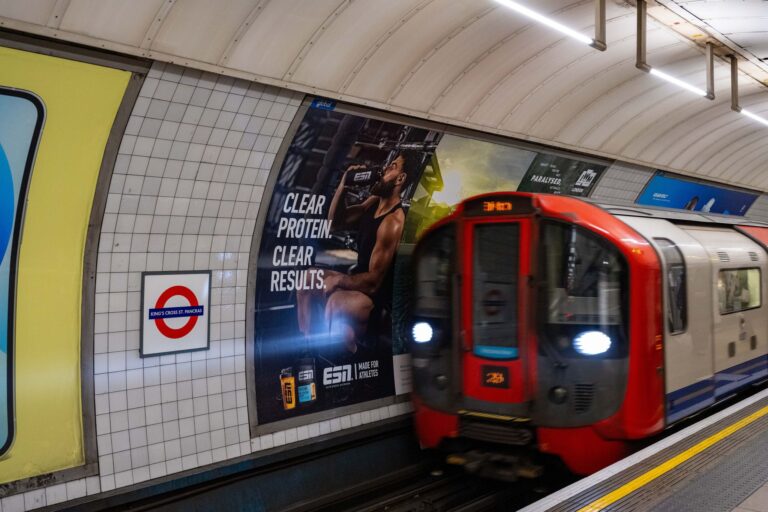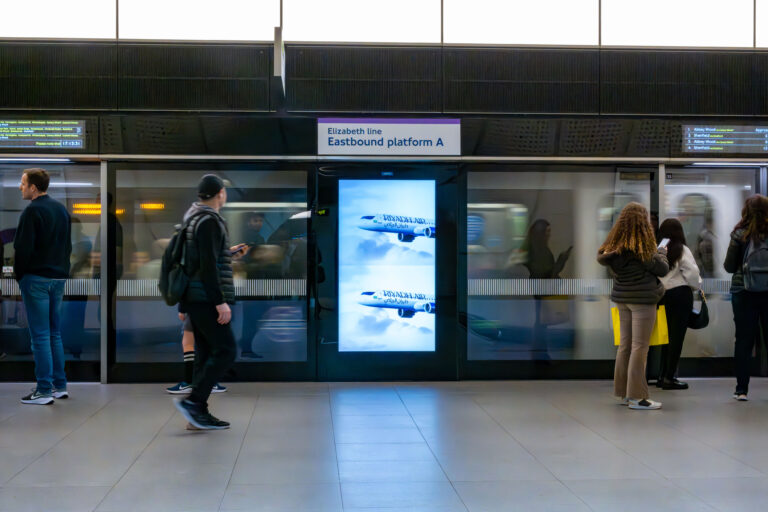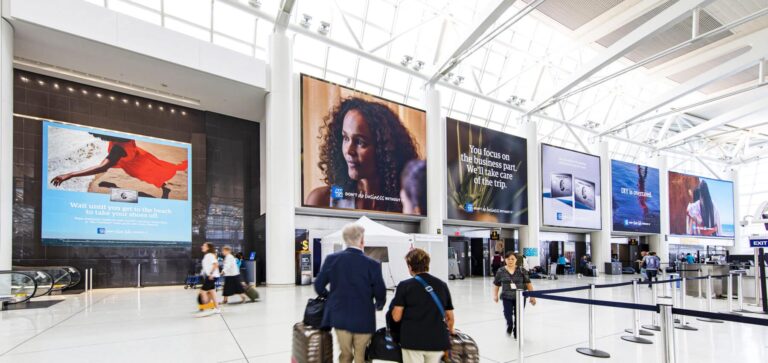Introduction
In an age where digital screens dominate our attention, there’s one medium that continues to thrive outside the confines of our phones and laptops: out-of-home (OOH) advertising.
From towering billboards on busy roads to digital displays in bustling train stations, OOH advertising surrounds us in the real world, making it an unmissable force in modern marketing. It’s a format that can’t be skipped, blocked, or ignored, offering brands a canvas as large as their imagination.
Whether you’re a small business looking to gain local visibility or a global company running a national campaign, OOH delivers impact and results like few other channels can. The numbers speak for themselves: the global OOH advertising market was valued at $28.48 billion in 2023, with significant growth projected—much of it driven by the rise of digital out-of-home (DOOH). This evolution makes it easier than ever to create targeted, measurable, and interactive campaigns that cut through the noise.
With so many formats, strategies, and technologies to consider, how do you ensure your campaign stands out and delivers ROI? That’s where this guide comes in, and how Excite OOH can help.
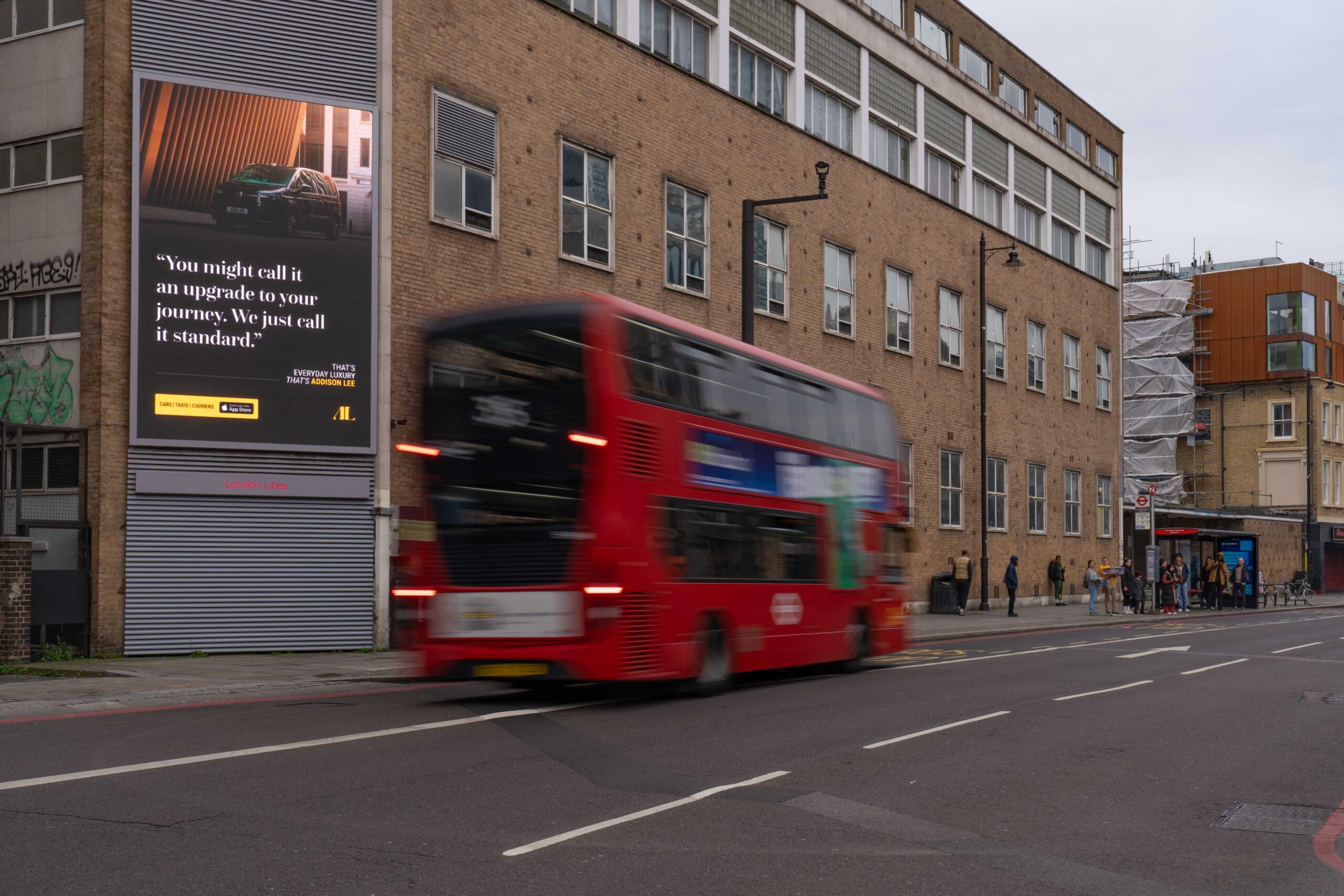
What is Out-of-Home Advertising?
OOH advertising is one of the oldest forms of marketing, yet it remains one of the most dynamic and impactful ways to engage with audiences. But what exactly is OOH advertising, and what sets it apart from other marketing channels?
At its core, OOH advertising refers to any advertising that reaches consumers while they are outside their homes. It encompasses a wide variety of formats and locations. Unlike online ads that live on personal device screens, OOH advertising commands attention in the physical spaces people inhabit daily.
The Key Benefits of OOH Advertising
OOH advertising stands out due to its:
- Physical Presence: These ads exist in the real world, creating opportunities for brands to reach people in high-traffic areas where their message is impossible to ignore.
- Mass Reach: OOH campaigns can connect with millions of people, whether they’re commuters, shoppers, or tourists.
- Visual Impact: The scale and creativity of OOH ads make them memorable, creating lasting impressions that can drive brand awareness.
- Always-On Nature: Unlike digital or broadcast ads that require user interaction or scheduled airtime, OOH ads are constantly visible.
Types of Out-of-Home Advertising
When you’re walking down the high street or driving through town, you’re surrounded by out-of-home advertising in various shapes and sizes. Let’s explore the main types you’ll encounter:
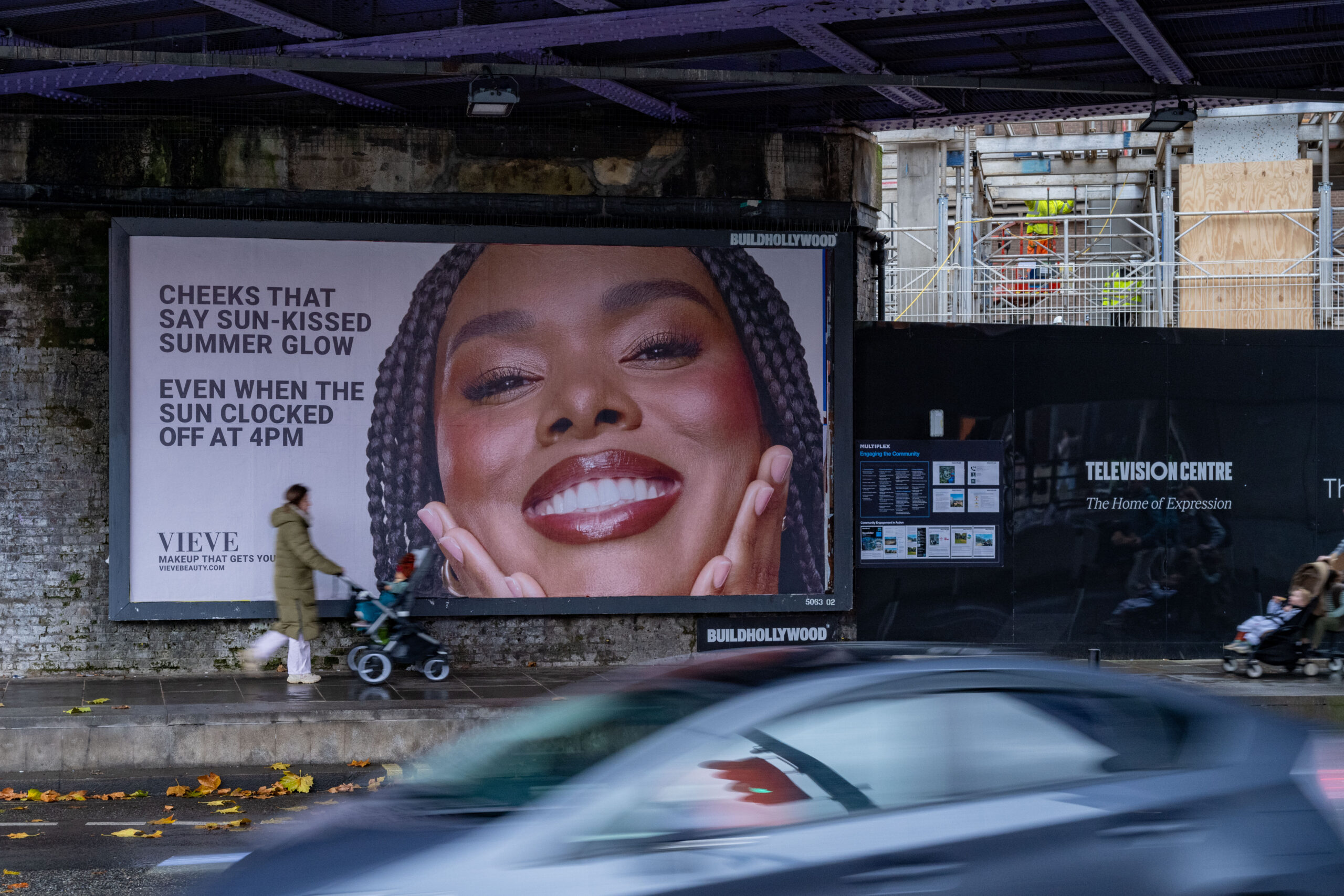
Billboards (48-sheets)
These are the classic large-format advertising displays you see along busy roads across the UK. Often called “48-sheets” in the advertising world, billboards are perfect for catching attention on key routes in and out of towns and cities. They’re particularly powerful for raising brand awareness, as their sheer size makes them hard to miss during daily commutes.
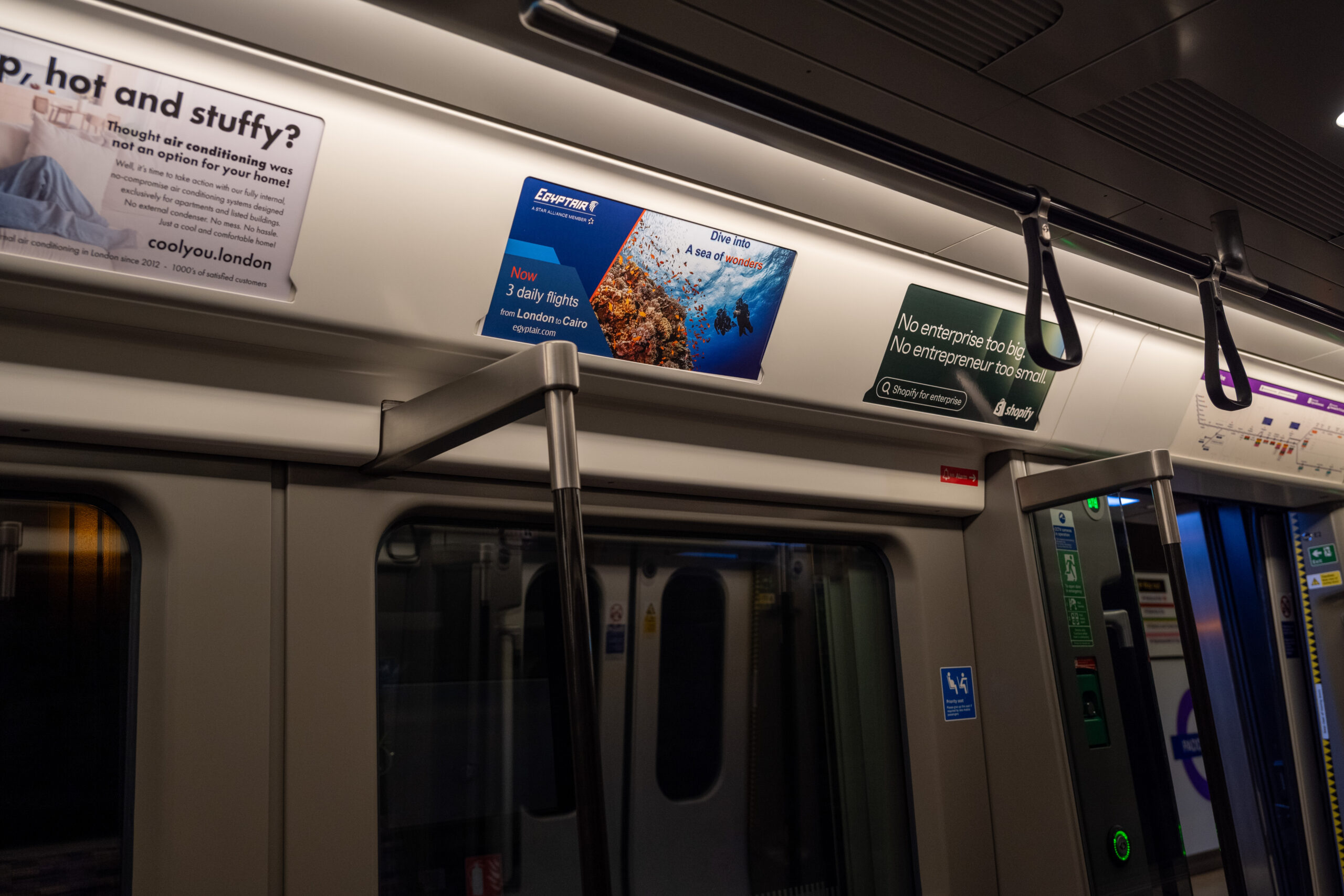
Transport Advertising
Think about all the advertising you see during your journey to work or while traveling. From eye-catching bus wraps to engaging displays in train stations, transport advertising is everywhere in the UK’s transport network.
You’ll spot it on bus sides and rears, throughout train stations, wrapped around taxis, in airports, and across the London Underground. This format is especially effective at building frequency with commuter audiences, as they often see the same adverts during their regular journeys.
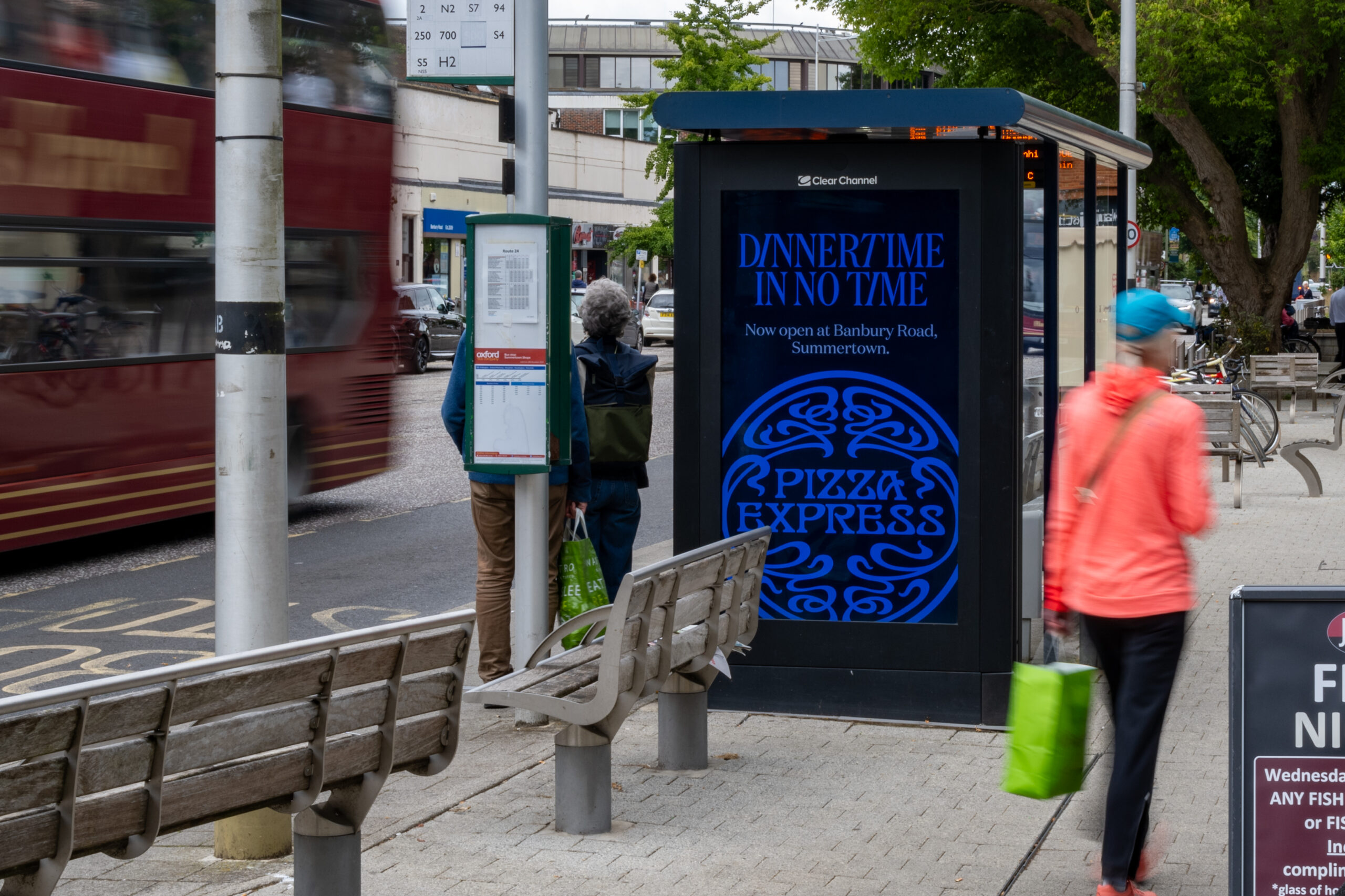
Street Furniture
Known in the industry as “6-sheets,” street furniture advertising includes both bus stop displays and standalone units you see throughout UK towns and cities. These more intimate formats are particularly effective when you need to target specific locations – like shopping districts or business areas.
By understanding typical pedestrian routes, we can position these adverts where your target audience is most likely to see them during their daily activities.
The Role of OOH in the Marketing Mix
To understand how OOH advertising integrates with other marketing channels, let’s examine the customer journey. The diagram below illustrates how OOH touchpoints interact with various marketing channels across three crucial stages of the customer journey.
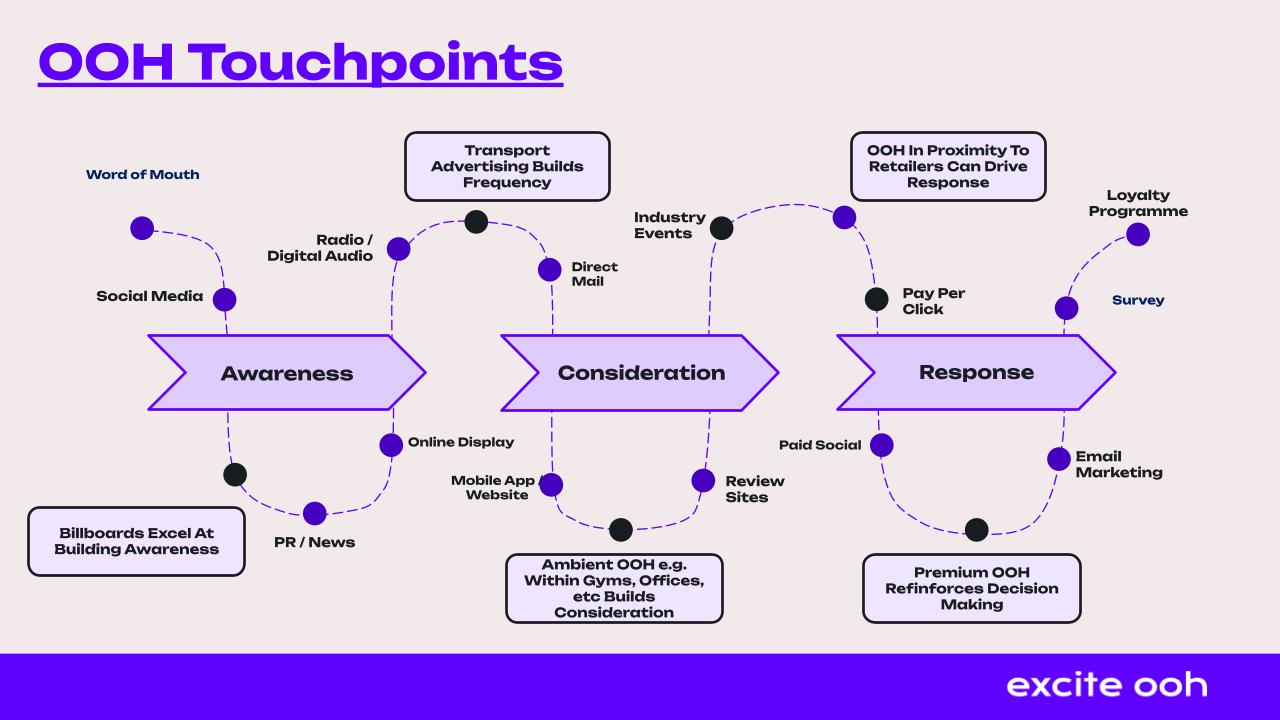
In the Awareness stage, traditional billboards excel at building initial brand recognition, working in concert with social media, radio, digital audio, online display advertising, and PR efforts. This multi-channel approach ensures your message reaches audiences through diverse touchpoints during their daily routines.
Moving into the Consideration stage, we see how transport advertising and ambient OOH (found in locations like gyms and offices) help build frequency and consideration. These placements work alongside direct mail, industry events, and review sites to keep your brand top-of-mind as consumers evaluate their options.
Finally, in the Response stage, strategically placed OOH near retail locations can drive immediate action. Combined with paid social, email marketing, and loyalty programs, these proximity-based OOH placements help convert awareness into concrete customer responses.
This integration demonstrates why OOH shouldn’t be viewed in isolation. Instead, it serves as a crucial thread weaving through the entire customer journey, reinforcing messages from other channels while adding its unique value of physical presence and contextual relevance.
Measuring OOH Performance
The measurement of outdoor advertising has evolved significantly from simple traffic counts to sophisticated multi-channel attribution. Understanding how to effectively measure OOH campaigns helps marketers demonstrate ROI and optimise future campaigns for better performance.
Traditional Measurement Methods
At its foundation, OOH measurement begins with visibility metrics. Traffic counts, both vehicular and pedestrian, provide baseline data about potential audience exposure. These numbers are refined using factors like viewing angles, speed of passing traffic, and obstruction analysis to calculate opportunity to see (OTS) and visibility adjusted contact (VAC) metrics. While these traditional metrics remain valuable, they tell only part of the story.
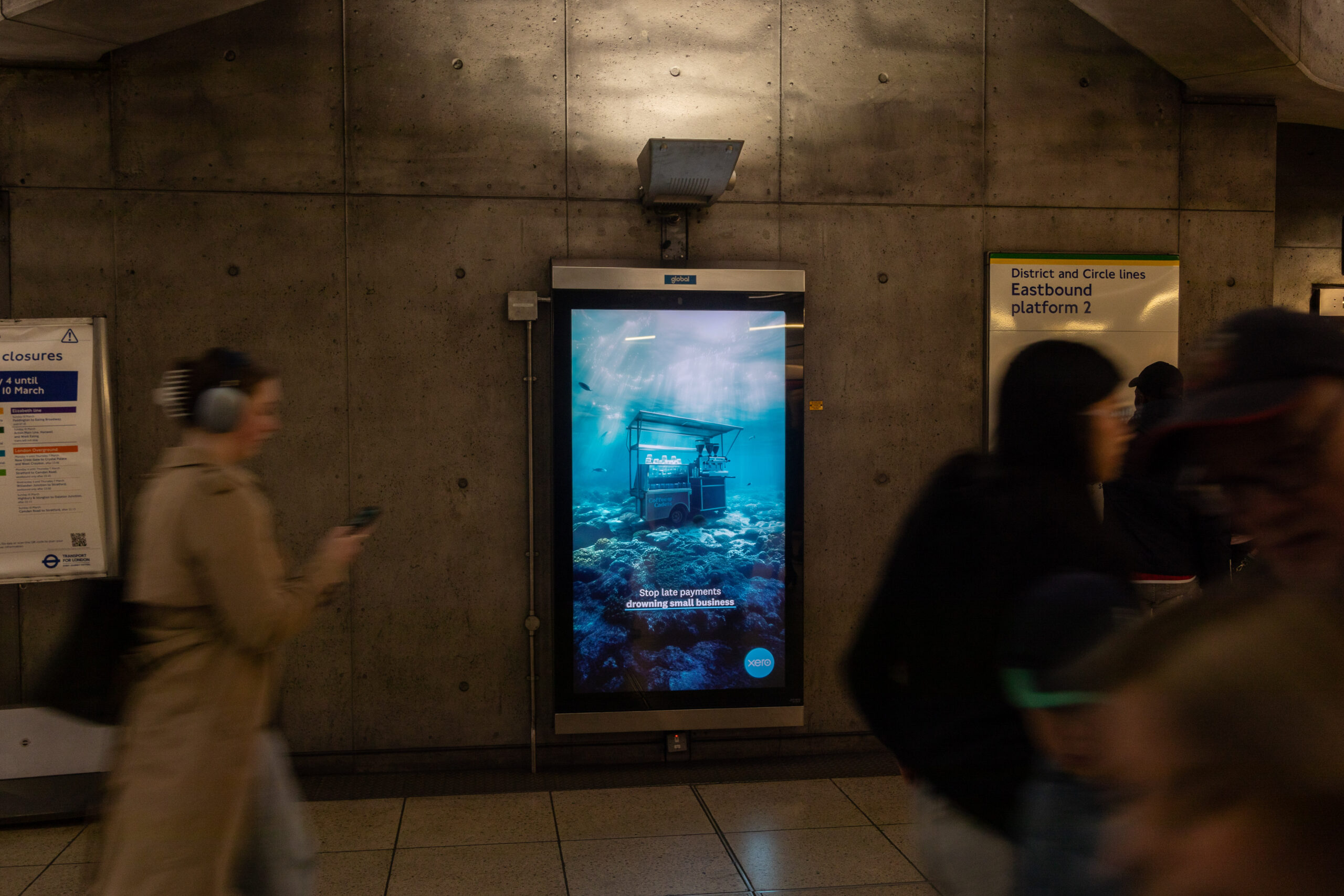
Digital Integration and Mobile Data
Modern OOH measurement leverages mobile device data to provide deeper insights into audience behaviour. Mobile location data helps track exposure to OOH media by analysing device movements through designated exposure zones.
This data reveals not just who might have seen an advertisement, but who actually passed within viewing distance. Furthermore, by analysing device movements before and after exposure, we can understand audience travel patterns and behaviours.
Brand Impact Studies
Understanding OOH’s effect on brand metrics requires careful measurement of awareness, recall, and sentiment. Pre- and post-campaign surveys help quantify changes in brand perception and message recognition.
These studies often incorporate control groups—comparing brand metrics among exposed versus unexposed audiences—to isolate the campaign’s impact. Eye-tracking studies can provide additional insight into creative effectiveness and viewer engagement.
Tracking OOH With Google
Understanding the impact of OOH campaigns on digital behaviour has become increasingly sophisticated through search analytics.
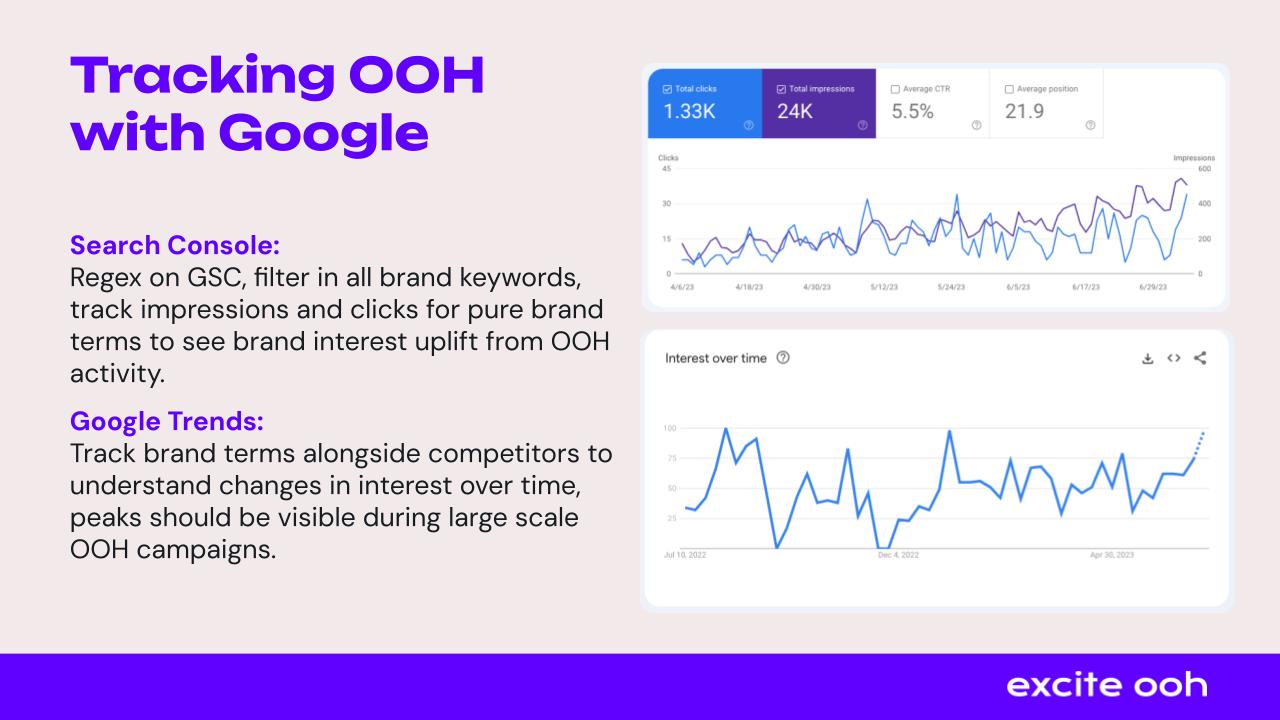
Two powerful Google tools provide valuable insights into how outdoor advertising drives online interest and engagement:
Google Search Console Analysis
Search Console offers a concrete way to measure OOH campaign effectiveness through online search behaviour. By implementing regex filters for brand-related keywords, advertisers can track specific changes in brand search activity.
Google Trends Integration
Google Trends provides a broader view of brand interest over time, offering crucial competitive context. When running large-scale OOH campaigns, advertisers should expect to see noticeable peaks in brand search interest coinciding with campaign periods. The real power of Trends lies in its comparative capabilities – you can track your brand terms alongside competitors to understand relative share of search and how your OOH activities might be shifting overall category interest. This competitive benchmarking helps distinguish between industry-wide trends and campaign-specific impacts.
OOH Media Planning Fundamentals
At the heart of every successful out-of-home campaign lies careful media planning. While digital advertising lets you target demographics with precision, OOH success depends on understanding where your audience moves in the physical world.
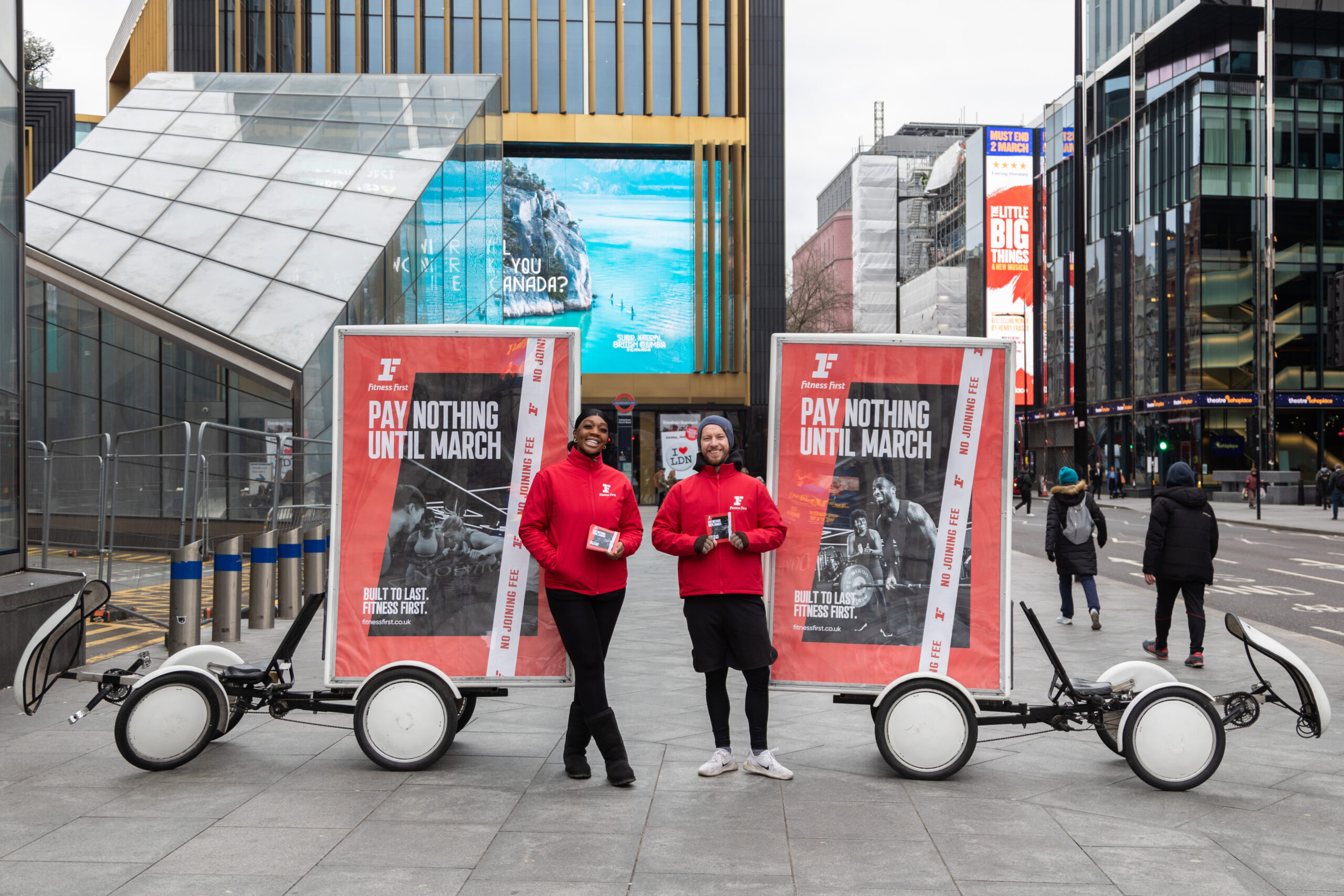
Location strategy forms the foundation of effective planning. This isn’t just about finding the busiest spots – it’s about finding the right context for your message. A restaurant might benefit more from advertising near offices during lunch hours than from a roadside billboard with higher traffic counts. Consider proximity to points of interest, viewing angles, traffic speed, and even seasonal factors affecting visibility.
Different OOH formats serve different purposes in your campaign. Large format billboards work best with bold, simple messages, while street furniture allows for more detailed messaging as people have more time to engage. Traditional OOH campaigns operate on two-week in-charge periods, and you’ll need to factor in a two-week lead time for artwork production. This means planning should begin at least a month before your desired campaign start date.
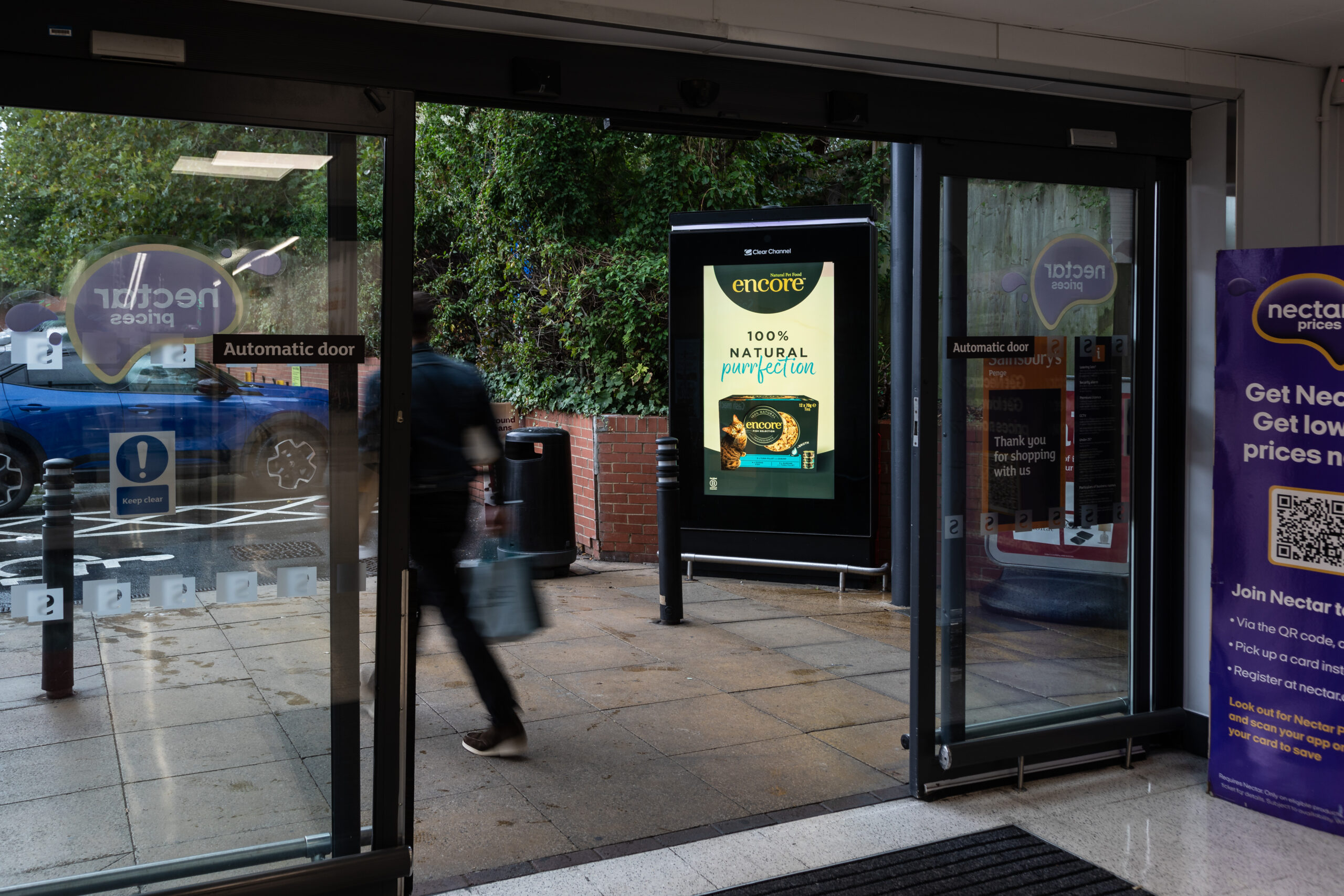
Digital OOH offers greater flexibility and control. A typical digital campaign runs with a share of voice of 1/6, meaning your advertisement appears for 10 seconds every minute. This rotation system ensures your message remains fresh while reaching audiences throughout the day. One of digital’s key advantages is its adaptability – you can schedule your advertisements to run on specific days or during particular hours, allowing you to target precise audience segments, like commuters during rush hour or weekend shoppers.
Timing and budget allocation require careful balance. Rather than spreading your budget too thinly, it’s often more effective to dominate fewer, strategic areas. Consider your broader marketing calendar, local events, and seasonal variations in audience movement patterns.
Modern OOH offers various measurement approaches, from traditional metrics like Daily Effective Circulation to mobile data tracking and foot traffic analysis. Remember to plan how your outdoor advertising will work alongside other channels – using OOH to amplify social campaigns or coordinate with local radio for drive-time impact.
The key to successful OOH planning is combining data-driven insights with a deep understanding of how people interact with different environments. Start with clear campaign objectives, then work methodically through these planning elements to create a strategy that maximises your investment.
OOH Creative Best Practices
When designing out-of-home advertising, we’re working with a unique challenge: capturing attention in a matter of seconds as people move through their daily lives. Understanding these core elements will help your creative cut through the noise and deliver results.
The Power of Simplicity
The famous “seven-word rule” exists for good reason – viewers typically have just 2-3 seconds to absorb your message. Less is more when it comes to OOH copy. The most memorable campaigns often use just three to four words that pack a powerful punch, letting a strong visual do the heavy lifting.
Typography That Commands Attention
Sans-serif fonts like Helvetica and Arial perform best in OOH due to their clean lines and readability at distance. Your text needs to be instantly legible whether someone’s walking past a bus shelter or driving past a billboard. The viewing environment should always dictate your font size and style choices.
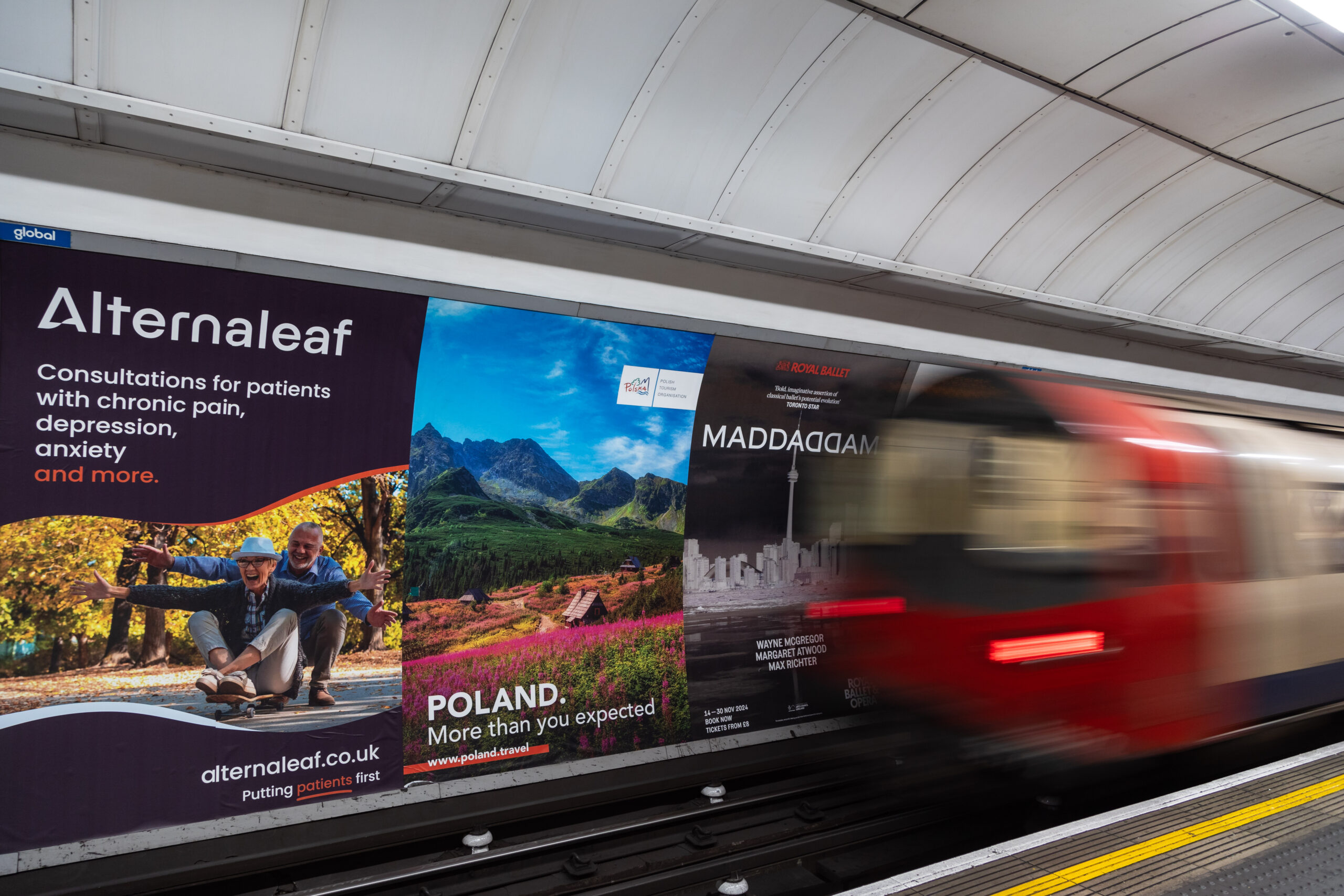
Colour and Contrast
Strong contrast isn’t just about aesthetics – it’s about functionality. Black text on yellow backgrounds achieves 95% readability, while white on black reaches 80%. Consider how your creative will appear in different weather conditions and times of day. What stands out on a sunny afternoon might disappear into a cloudy sky.
Visual Impact
Since our brains process images faster than text, your visual choice needs to communicate at a glance. Focus on a single, powerful image rather than multiple elements. The image should maintain its impact when scaled across different OOH formats, from large billboards to smaller street furniture.
Clear Call-to-Action
Your CTA should be both compelling and actionable in the OOH environment. Digital OOH allows for QR codes and short URLs, while traditional OOH benefits from memorable web addresses or simple directions. Match your CTA to the location – “Visit Us Today” near retail, “Learn More” for awareness campaigns.
Brand Integration
Follow the 10% rule – your logo or brand name should occupy roughly 10% of the total space, typically in the bottom right corner where eye-tracking studies show strong recall. Integration should feel natural within the overall design, not simply tacked on.
When these elements work together harmoniously, they create OOH advertising that not only catches the eye but also sticks in the memory. The key is making each element work harder to deliver your message effectively.
Style Guide for OOH Creatives
Colour Palette:
- Bold Colours: Red, blue, yellow for attracting attention.
- Complementary Colours: Avoid clashing tones that strain the eye.
Layout:
- Use the rule of thirds to position key elements.
- Leave ample negative space to avoid visual clutter.
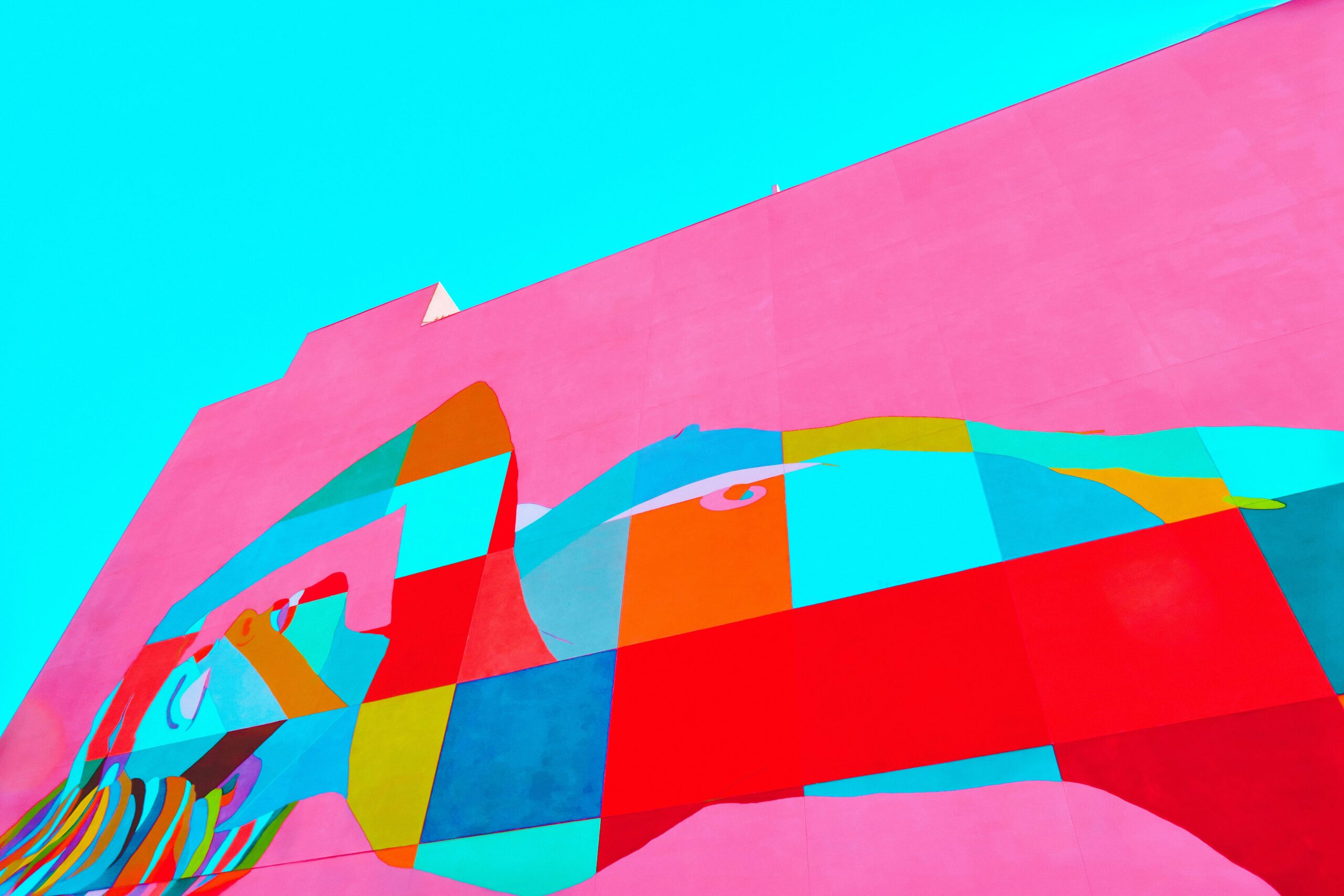
Image Guidelines:
- Resolution: At least 300 DPI for static OOH, scalable for digital screens.
- Aspect Ratios: Match specific billboard dimensions.
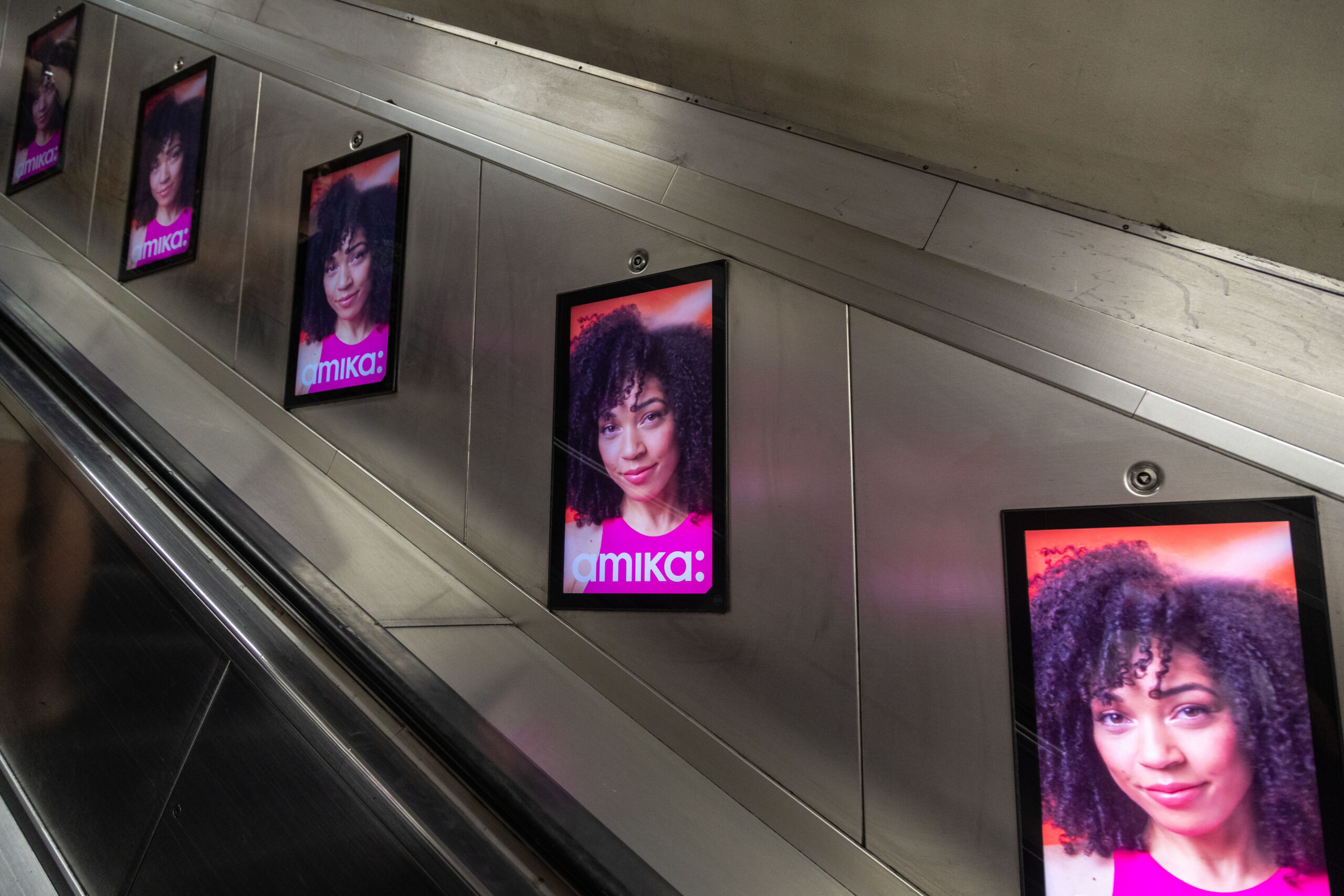
Why OOH Advertising Works
OOH advertising has stood the test of time for a reason: it works. Studies show that OOH ads drive higher brand recall compared to other formats, with people often associating them with trust and reliability. According to Outsmart research, when shopping, 83% of people recall having seen OOH advertising within the last 30 minutes. Additionally, the rise of DOOH has introduced new opportunities for creativity and personalisation, allowing brands to engage with audiences in real-time and even integrate mobile or social elements into their campaigns.
Whether you’re promoting a product launch, driving traffic to a store, or simply building awareness, OOH advertising offers a powerful platform to connect with audiences in meaningful, memorable ways.
Case Studies
Final Thoughts
Out-of-Home advertising is an evolving art form that marries creative storytelling with strategic placement. By adhering to design principles, embracing technology, and measuring results effectively, brands can create OOH campaigns that leave lasting impressions.
Now that you’re armed with this ultimate guide, it’s time to bring your creative vision to life.

